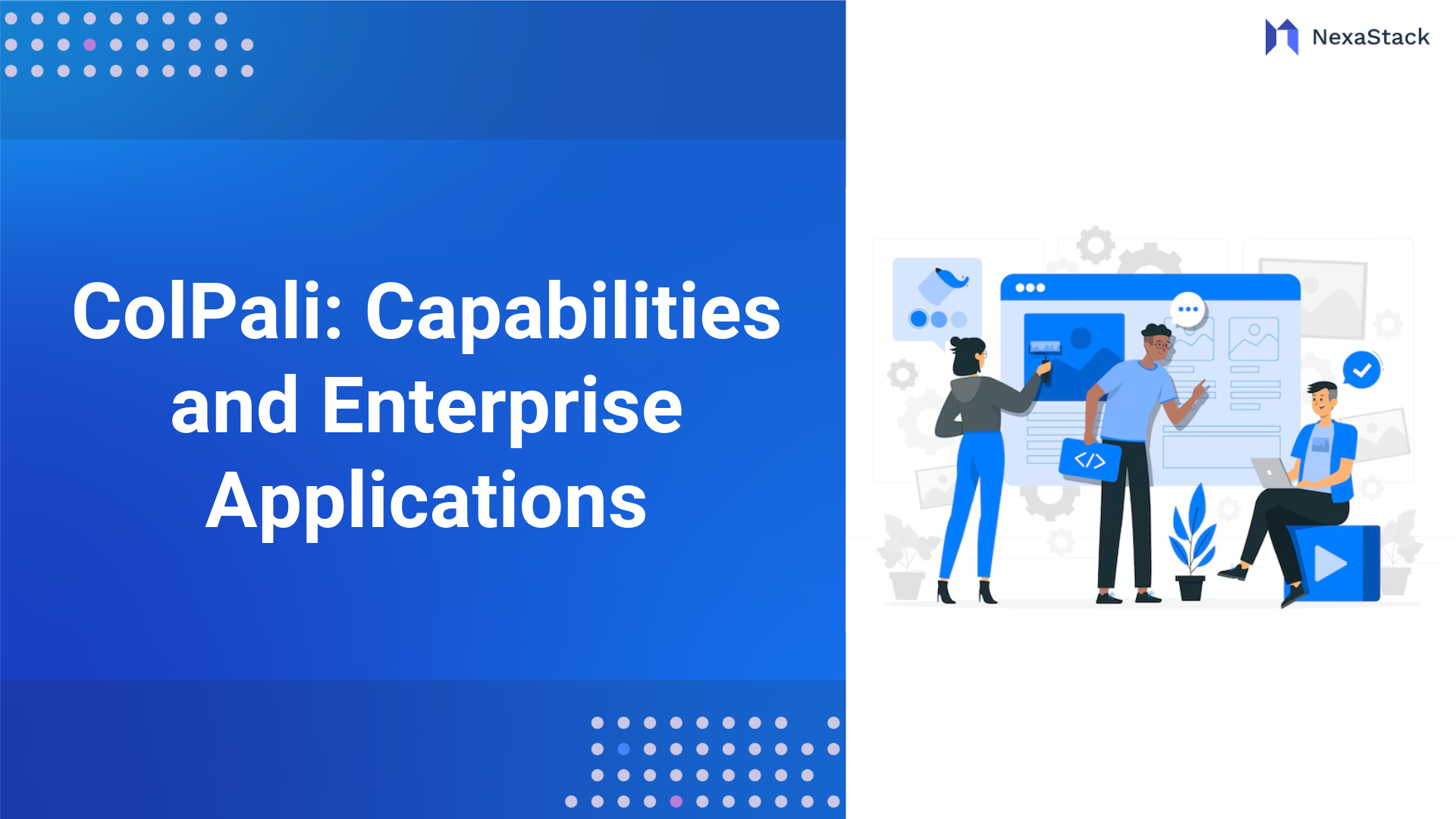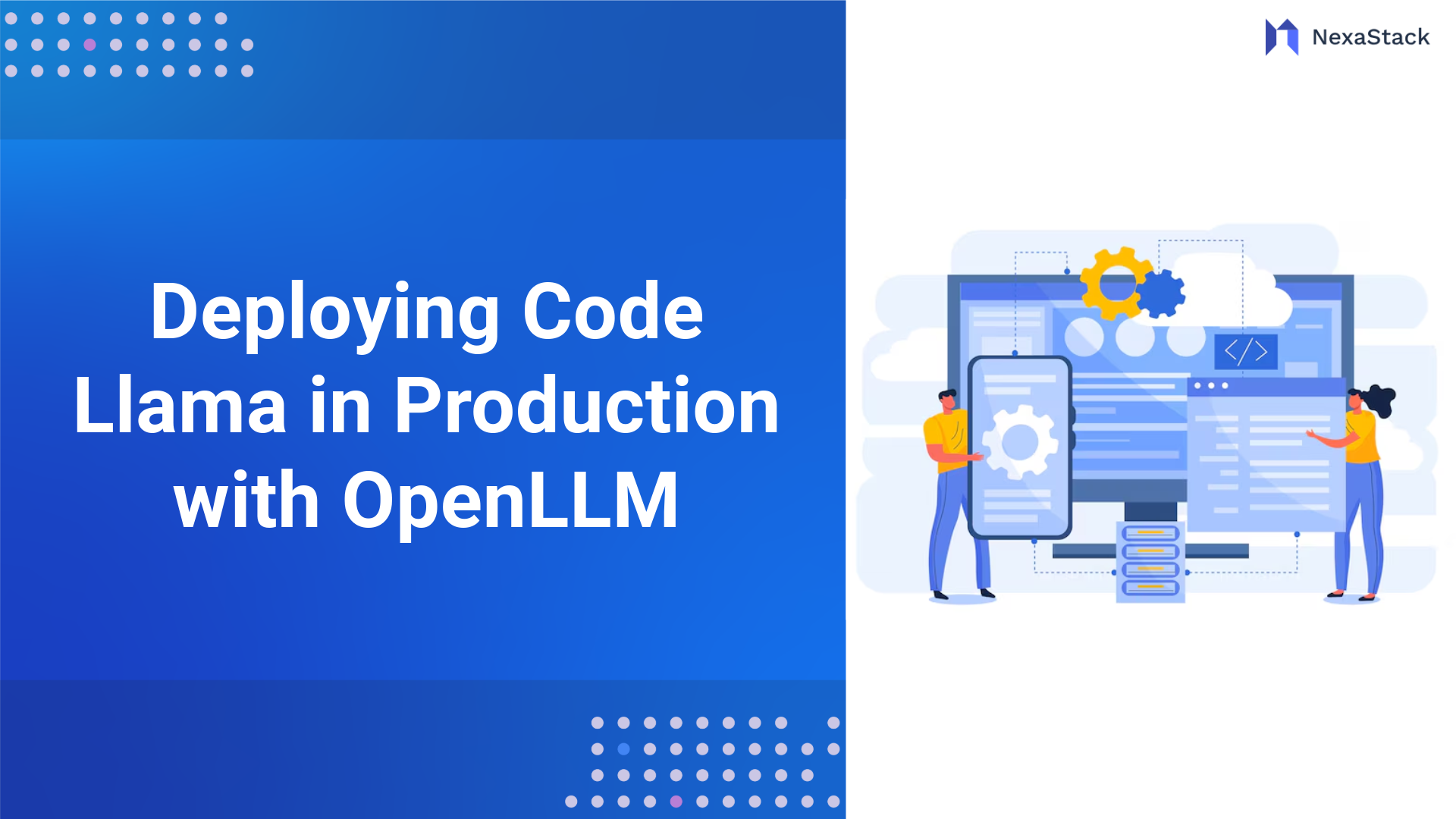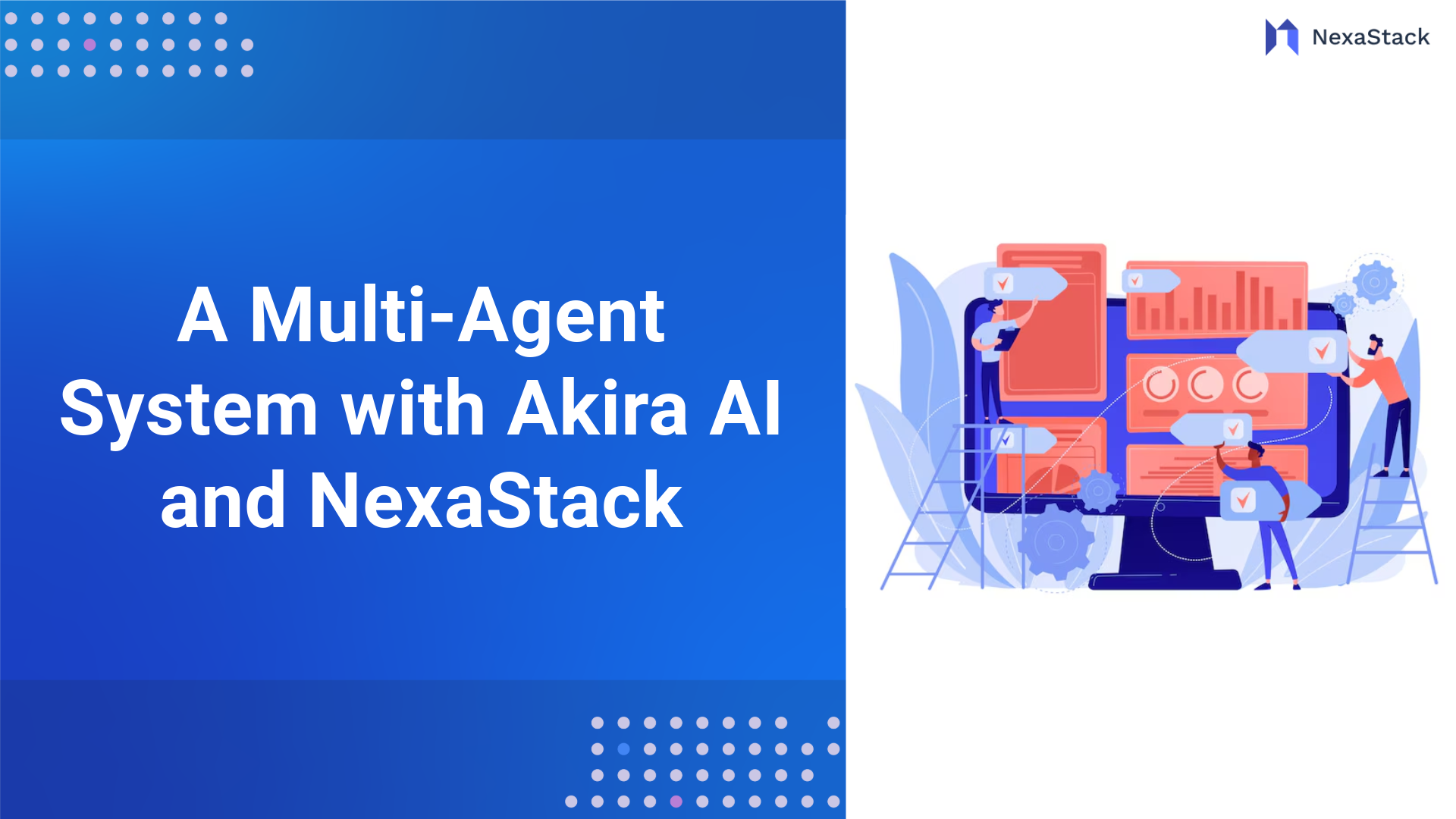Key Insights
Building a Multi-Agent System with Akira AI and NexaStack enables the creation of intelligent, autonomous agents that collaborate to solve complex problems across domains like manufacturing, retail, and energy. Akira AI powers cognitive reasoning and decision-making, while NexaStack provides a scalable, secure infrastructure for deployment. This integration supports real-time data processing, decentralised control, and seamless orchestration of tasks, enhancing operational efficiency and adaptability in dynamic environments.
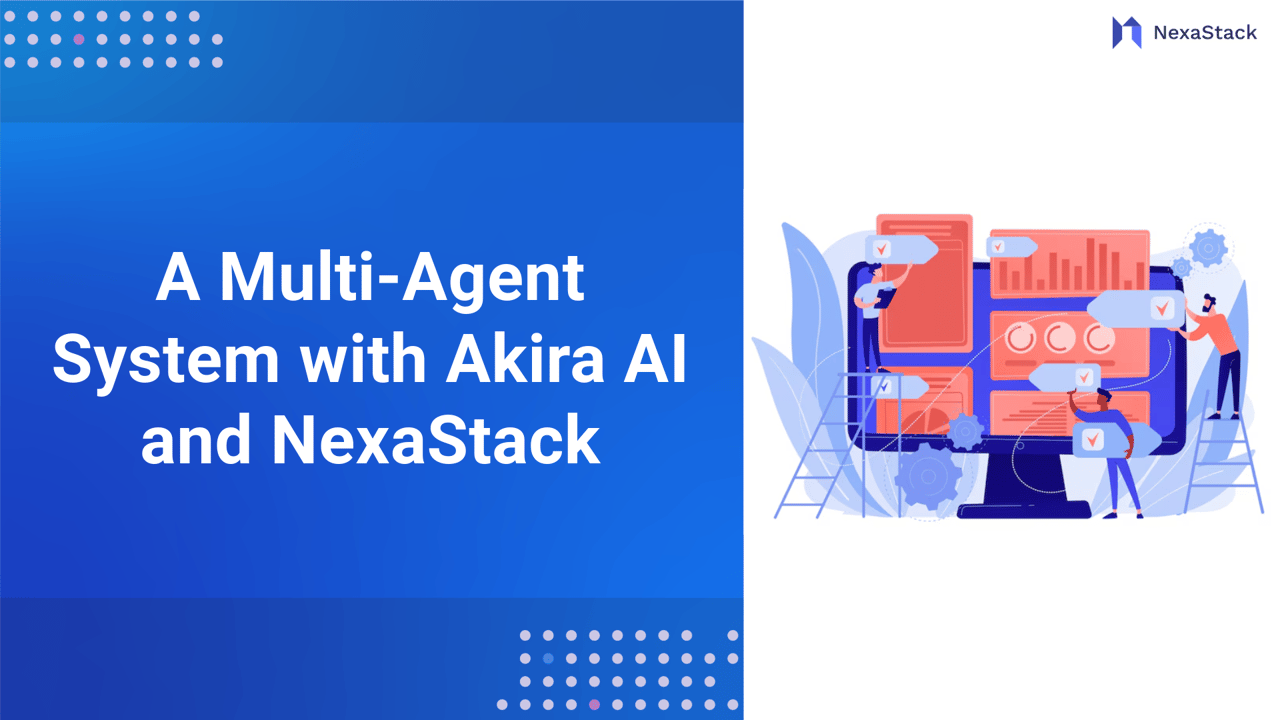
NexaStack AI: Foundational Stack for Agent-First Architecture
NexaStack AI is a private cloud compute platform built for security and privacy. It provides a foundational stack for agent-first architecture, enabling multi-agent systems' secure and scalable deployment.
 Figure 1: Foundational Stack for Agent-First Architecture
Figure 1: Foundational Stack for Agent-First ArchitectureAgentic Infrastructure > Enterprise Control
NexaStack AI offers a range of features that enable enterprise control and responsible deployment of AI agents, including:
-
Intelligent Scheduling of Inference: NexaStack AI provides intelligent scheduling of inference, enabling agents to make decisions in real-time.
-
Observability with Agentsre: NexaStack AI provides observability with Agentsre, enabling developers to monitor and troubleshoot agent behaviour.
-
Cost Optimisation with Xenoinify: NexaStack AI optimises Xenoinify, enabling developers to optimise resource utilisation and reduce costs.
-
Auto-Scaling with AI Agents: NexaStack AI provides auto-scaling with AI agents, enabling developers to scale their multi-agent systems up or down as needed.
-
Enterprise Control with SaifAviator: NexaStack AI provides enterprise control with SaifAviator, enabling developers to manage and govern their multi-agent systems.
-
Model Catalogue: NexaStack AI provides a model catalogue, enabling developers to manage and version their AI models.
-
Observability with Agent SRE: NexaStack AI provides observability with Agent SRE, enabling developers to monitor and troubleshoot agent behaviour.
-
Policy and Compliance as Code with AI Agents: NexaStack AI provides policy and compliance as code with AI agents, enabling developers to define and enforce policies and compliance requirements.
Synergies Between Akira AI and NexaStack Platform
NexaStack provides a flexible architecture that complements Akira AI's strengths. The synergy lies in:
-
Unified Development Environment: Streamlined deployment and management of agents.
-
Multi-layer Architecture: Effective separation of concerns enables complex interactions.
-
Adaptability: Akira AI and NexaStack can scale dynamically based on the workload.
-
Improved Security: NexaStack's secure architecture ensures that Akira AI's agents can operate in a safe and trusted environment.
-
Enhanced Collaboration: NexaStack's collaboration tools enable Akira AI's agents to collaborate seamlessly.
Setting Up the NexaStack Environment for Akira AI Deployment
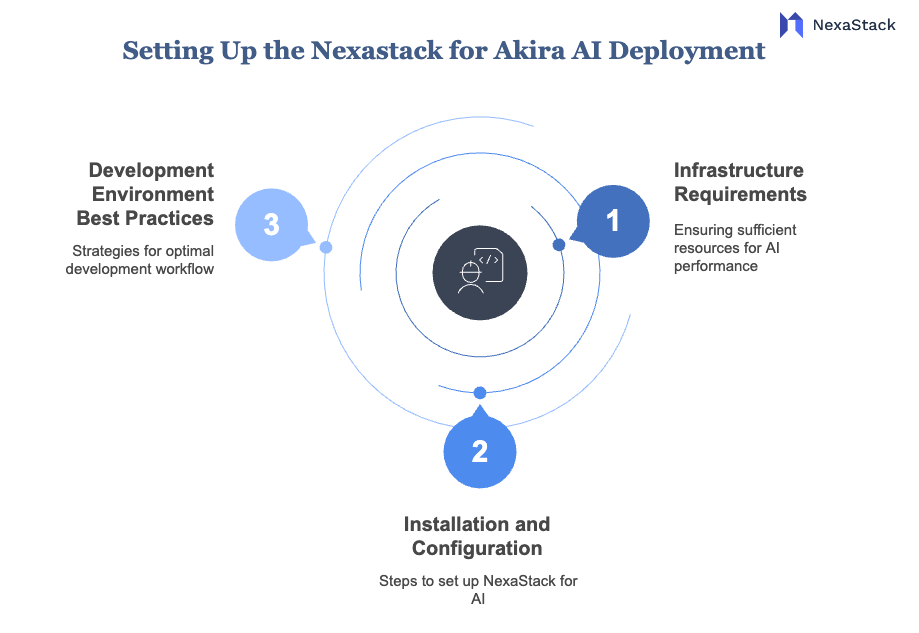 Figure 2: Setting Up the Nexastack for Akira AI Deployment
Figure 2: Setting Up the Nexastack for Akira AI DeploymentBefore deploying Akira AI, ensure your infrastructure meets specific requirements:
-
Cloud-based or On-Premise: Choose based on scalability and control needs.
-
Performance Metrics: CPU, RAM, and storage should be sufficient to handle agent workloads.
-
Network Configuration: Ensure low latency and high bandwidth for effective communication.
-
Security Measures: Implement security measures such as encryption and access control to protect sensitive data.
Infrastructure Requirements and Optimisation
To ensure optimal performance, consider the following infrastructure requirements:
-
Compute Resources: Ensure your NexaStack instance has sufficient compute resources to support your Akira AI agents.
-
Memory and Storage: Ensure your NexaStack instance has sufficient memory and storage to support your Akira AI agents.
-
Network Connectivity: Ensure your NexaStack instance has reliable network connectivity to support agent communication.
Installation and Configuration Process
Follow these steps to set up NexaStack for Akira AI:
-
Download NexaStack: Obtain the latest version from the official website.
-
System Requirements: Verify that your system meets the hardware and software prerequisites.
-
Configuration file setup: Customise the configuration files for your specific environment.
-
Agent Deployment: Deploy Akira AI's agents on NexaStack, using the Akira AI deployment tool.
Development Environment Best Practices
To ensure optimal performance and productivity, consider the following development environment best practices:
-
Version Control: Use Git or similar tools to manage code changes.
-
Continuous Integration/Continuous Deployment (CI/CD): Implement pipelines for efficient deployment.
-
Monitoring Tools: Utilise performance monitoring tools to track agent behaviour.
-
Testing Frameworks: Use testing frameworks to ensure that agents are functioning correctly.
-
Code Review: Regularly review code to ensure it meets quality and security standards.
Designing Agent Architectures with Akira AI on NexaStack
Designing effective agent architectures involves defining roles based on functionality:
-
Specialisation: Define agents for data analysis, communication, and user interface tasks.
-
Collaboration Patterns: Establish how agents will interact, using predefined protocols.
-
Agent Communication: Define how agents will communicate with each other, using protocols such as HTTP or message queues.
-
Agent Reasoning: Define how agents will reason and make decisions using rule-based systems or machine learning techniques.
-
Performance Optimisation: Monitor and optimise agent performance to ensure they operate efficiently under varying loads.
Agent Roles, Specialisation, and Collaboration Patterns
Agents, such as decision-makers, communicators, or data processors, can be categorised based on their roles. Specialisation allows agents to focus on specific tasks, enhancing efficiency and effectiveness. Collaboration patterns, such as peer-to-peer communication or hierarchical structures, can be established to facilitate interaction among agents. This structured approach ensures that each agent contributes to the overall system goals while maintaining its unique functionality.
Communication Protocols and Coordination Mechanisms
Effective communication is crucial in a multi-agent environment:
-
Message Sharing: Utilise JSON or XML for data interchange between agents.
-
Event-Driven Architecture: Implement event listeners to facilitate real-time communication.
-
Protocol Buffers: Consider using Protocol Buffers for efficient serialisation of structured data.
-
Asynchronous Communication: Enable agents to communicate without blocking, improving responsiveness.
-
Error Handling: Implement robust error handling mechanisms to manage communication failures gracefully.
State Management and Memory Systems Implementation
Implement systematic state management to ensure agents retain necessary context and make informed decisions. Memory systems can be designed to store historical data, allowing agents to learn from past interactions and improve their performance over time. Consider the following strategies:
-
Persistent Storage: Use databases to store agent states and historical data.
-
In-Memory Caching: Implement caching mechanisms for quick access to frequently used data.
-
Contextual Awareness: Design agents to be aware of their context, enabling them to make better decisions based on current conditions.
-
Data Retention Policies: Establish policies for data retention to manage storage effectively and comply with regulations.
Implementing Secure Agent Communication and Orchestration
Security is paramount in multi-agent systems. Implementing secure communication protocols and orchestration mechanisms is essential to protect sensitive data and ensure reliable agent interactions. Consider the following aspects:
-
Encryption: Use encryption protocols such as TLS to secure data in transit.
-
Authentication: Implement robust authentication mechanisms to verify agent identities.
-
Access Control: Define access control policies to restrict agent interactions based on roles and permissions.
-
Audit Trails: Maintain logs of agent interactions for accountability and compliance.
Inter-Agent Messaging and Workflow Design
Designing effective messaging and workflows among agents is crucial for seamless collaboration. Consider the following strategies:
-
Message Queues: Utilise message queues to decouple agent interactions and improve scalability.
-
Workflow Engines: Implement workflow engines to manage complex interactions and dependencies among agents.
-
Event-Driven Workflows: Design workflows that respond to events, enabling dynamic and responsive agent behavior.
Security Considerations for Multi-Agent Systems
Addressing security concerns in multi-agent systems is critical. Key considerations include:
-
Data Privacy: Ensure that sensitive data is handled following privacy regulations.
-
Threat Modelling: Conduct threat modelling to identify potential vulnerabilities and attack vectors.
-
Incident Response: Develop incident response plans to address security breaches effectively.
Orchestration Patterns for Complex Agent Interactions
Orchestration patterns help manage complex interactions among agents. Consider the following patterns:
-
Centralised Orchestration: Use a central controller to manage agent interactions and workflows.
-
Decentralised Orchestration: Allow agents to coordinate among themselves, promoting autonomy and flexibility.
-
Hybrid Orchestration: Combine centralised and decentralised approaches to balance control and flexibility.
Integration with Enterprise Systems and Data Sources
Integrating multi-agent systems with existing enterprise systems and data sources is essential for maximising their effectiveness. Consider the following strategies:
Connecting Agents to External APIs and Databases: Enable agents to access external data sources and services for enhanced functionality.
ETL Processes for Agent Knowledge Bases: Implement Extract, Transform, Load (ETL) processes to populate agent knowledge bases with relevant data.
Real-Time Data Handling and Processing Strategies: Design agents to handle real-time data streams for timely decision-making.
Performance Optimisation and Scaling Multi-Agent Systems
To ensure that multi-agent systems perform optimally, consider the following strategies:
-
Benchmarking and Performance Tuning Techniques: Regularly benchmark system performance and tune configurations for optimal results.
-
Horizontal and Vertical Scaling Approaches: Implement horizontal and vertical scaling strategies to accommodate varying workloads.
-
Resource Allocation for Complex Agent Ecosystems: Optimise resource allocation to ensure that agents have the necessary resources to operate efficiently.
Real-World Applications and Case Studies
Multi-agent systems have a wide range of applications across various industries. Consider the following use cases:
-
Enterprise Use Cases Across Industries: Explore how multi-agent systems are utilised in finance, healthcare, and logistics sectors.
-
Implementation Challenges and Solutions: Identify common challenges faced during implementation and explore practical solutions.
-
ROI Analysis and Business Value Assessment: Assess the return on investment (ROI) and business value generated by deploying multi-agent systems in real-world scenarios.
Integrating Akira AI with NexaStack AI creates a robust framework for developing and deploying multi-agent systems. By leveraging the strengths of both platforms, organisations can enhance their AI capabilities, streamline operations, and drive innovation. As the AI landscape continues to evolve, embracing these technologies will position enterprises for success in an increasingly competitive environment.
The combination of intelligent autonomy, real-time processing, and a secure deployment environment ensures that organisations can effectively harness the power of multi-agent systems to meet their unique challenges and objectives. Furthermore, the continuous evolution of these systems will pave the way for new applications and opportunities in various industries, making it imperative for organisations to stay ahead of the curve.



